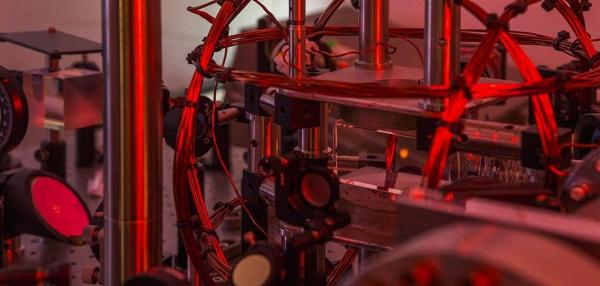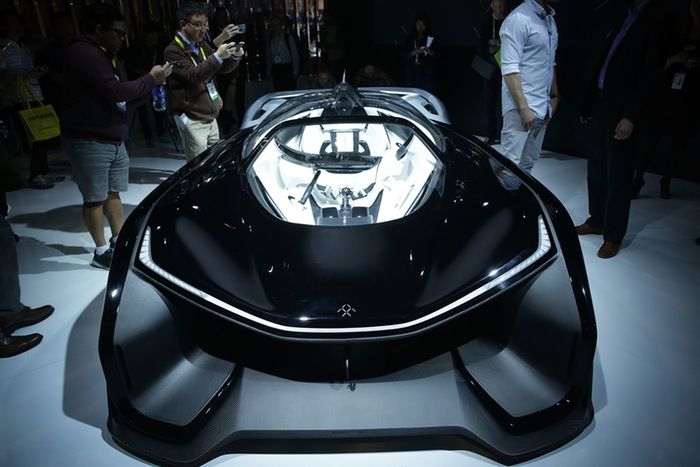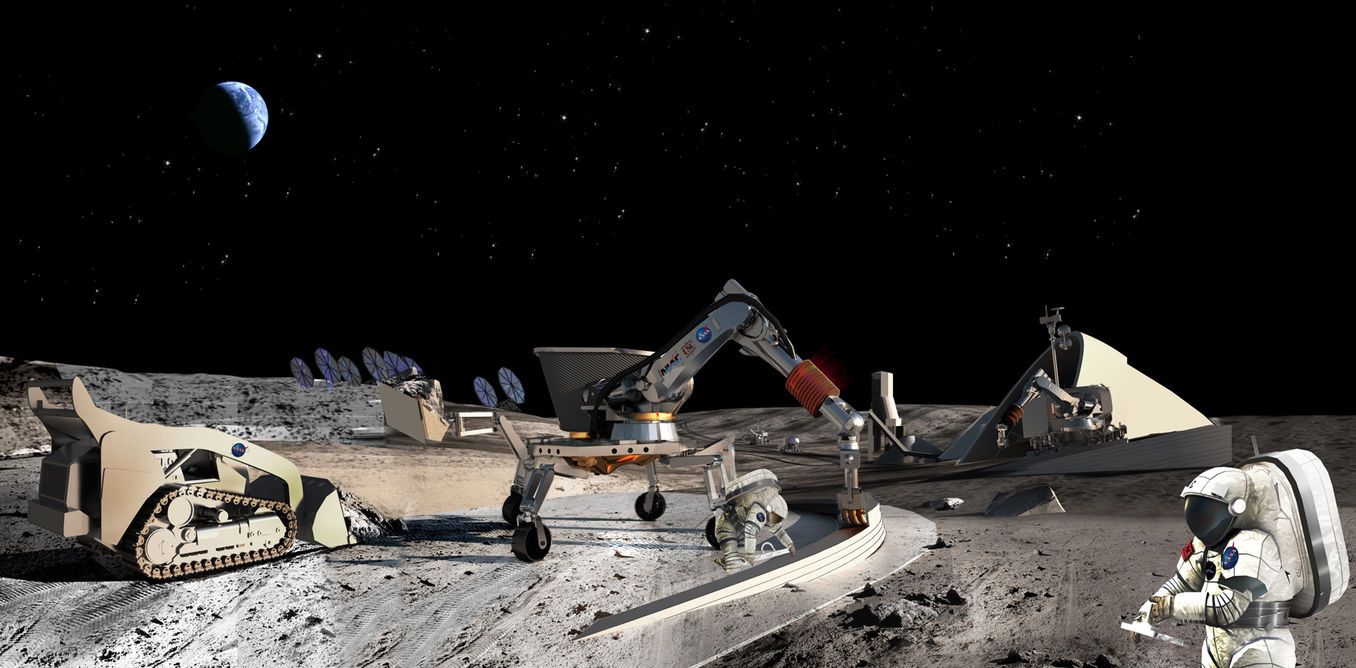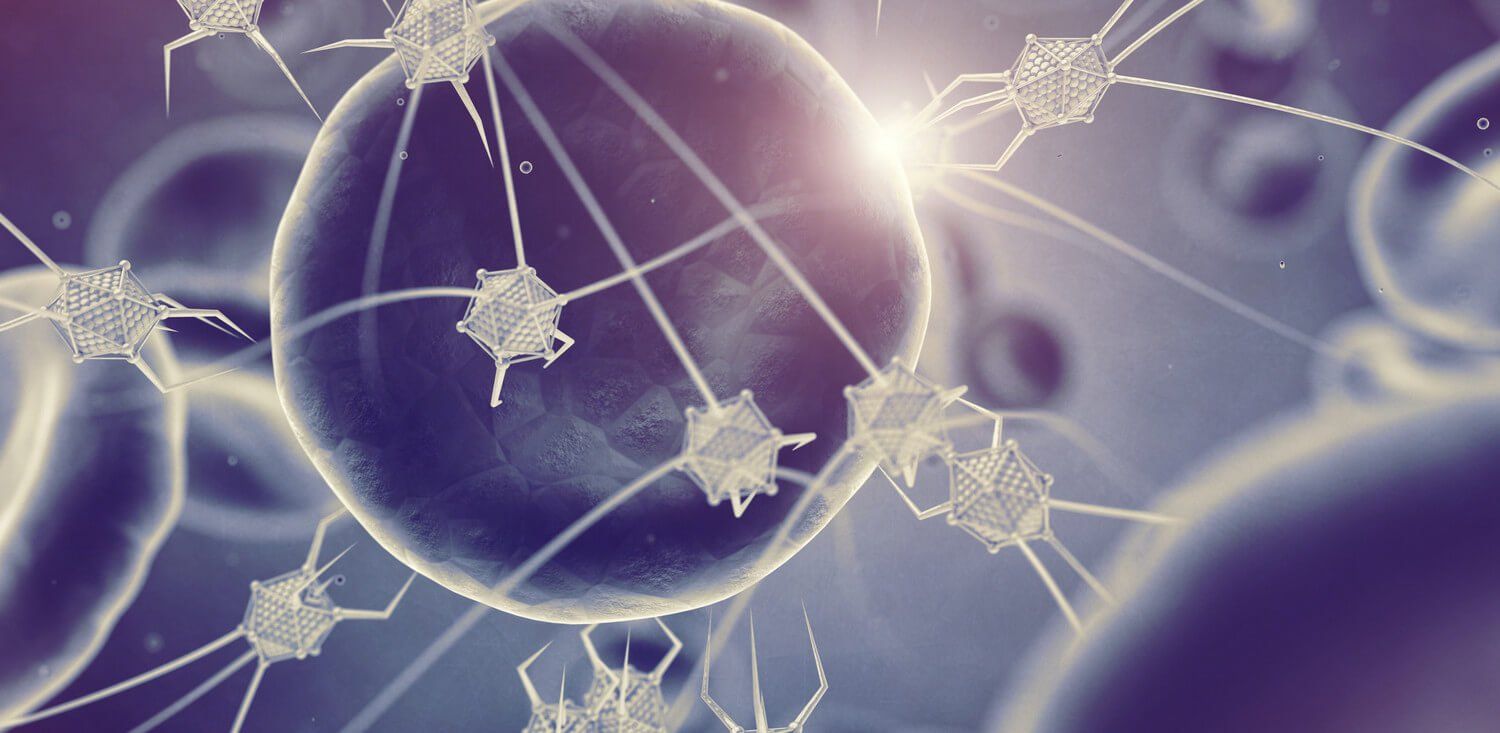Page 10881
May 17, 2016
What is the Multiverse, and why do we think it exists?
Posted by Andreas Matt in categories: cosmology, particle physics
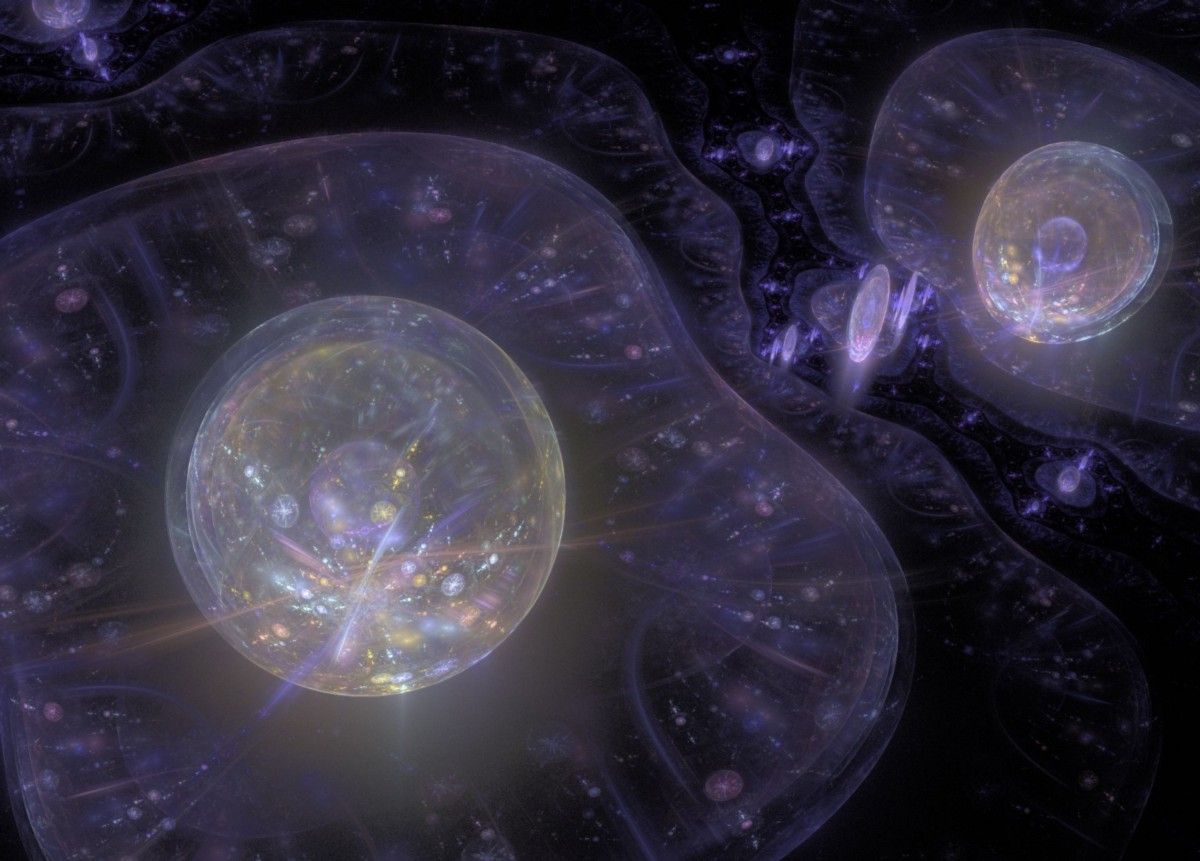
Whether these Universes are similar or different to our own, whether they have the same physical laws and properties, whether they have the same fundamental constants, particles and interactions, we do not know.
And at the same time, our very best laws of nature tell us that this is reality: we are a tiny fraction of our observable Universe, which is a tiny bit of the unobservable Universe, which is just one of a tremendous number of Universes in a multiverse that’s constantly generating new ones, and has been for billions of years. And that’s the Multiverse we live in, to the best of our knowledge!
Continue reading “What is the Multiverse, and why do we think it exists?” »
May 17, 2016
Researchers teach AI system to run complex physics experiment
Posted by Sean Brazell in categories: physics, robotics/AI, space
ACTON, Australia, May 16 (UPI) — A pair of physicists in Australia have trained an artificial intelligence system to replicate the experiment that won the 2001 Nobel Prize.
The experiment involves what is known as a Bose-Einstein condensate, the trapping of an ultra-cool gas in a series of lasers.
At just a billionth of a degree above absolute zero, Bose-Einstein condensates constitute some of the coldest temperatures in the universe — colder than interstellar space.
Continue reading “Researchers teach AI system to run complex physics experiment” »
May 17, 2016
Scientists discover new form of light
Posted by Sean Brazell in category: quantum physics
DUBLIN, Ireland, May 17 (UPI) — Researchers in Ireland have discovered a new form of light. Their discovery is expected to reshape scientists’ understanding of light’s basic nature.
Angular momentum describes the rotation of a light beam around its axis. Until now, researchers believed the angular momentum was always a multiple of Planck’s constant — a constant ratio that describes the relationship between photon energy and frequency, and also sets the scale for quantum mechanics.
The newly discovered form of light, however, features photons with an angular momentum of just half the value of Planck’s constant. The difference sounds small, but researchers say the significance of the discovery is great.
May 17, 2016
Faraday Future Says Its Tesla Competitor Could Get 30% Better Battery Range — By Mike Brown | Inverse
Posted by Odette Bohr Dienel in categories: environmental, transportation
“Speaking to The Verge, Farady Future’s vice president of global marketing Dag Reckhorn said that the company has big plans to beat the competition on distance per battery charge. The company plans to release its first car within the next two years.”
May 17, 2016
An Interview with the Advocates of the Major Mouse Testing Program Team
Posted by Steve Hill in categories: biotech/medical, health, life extension
New MMTP Interview on Fightaging! discussing longevity, advocacy and the urgent need to support research!
By way of following on from today’s AMA over at /r/futurology, I recently had the chance to ask a few questions of the Major Mouse Testing Program (MMTP) volunteers, a mix of scientists and advocates who aim to do their part to speed up progress towards effective treatments for the causes of aging. The group formed six months ago or so, and are presently seeking funds for their first mouse studies through crowdfunding with the Lifespan.io organization. The initial focus is on senolytic treatments capable of removing senescent cells from old tissues. I encourage you all to take a look at the details of their research proposal.
Growth in the number of dysfunctional, senescent cells is a contributing cause of degenerative aging, involved in the progression and pathology of all of the common age-related diseases. A growing body of evidence supports the outright removal approach as a way to minimize or eliminate this portion of the aging process. Unfortunately there is — as ever in the aging research field — a paucity of funding and always the need for more and better animal data in order to pull in other players with deep pockets. At this stage in the progression from laboratory to clinic, prior to the involvement of any large institutions or companies, all such efforts are important work. I’m pleased to have been able to contribute to this Major Mouse Testing Program fundraiser, and hope to see great things from this group in the future.
Continue reading “An Interview with the Advocates of the Major Mouse Testing Program Team” »
May 17, 2016
Want to build a moon base? Easy. Just print it
Posted by Montie Adkins in categories: 3D printing, space
What I really want to do is to use the machine to complete the Sagrada Familia. And to build on the moon.
Why carry building materials from Earth into space, when we can build structures by 3D printing using materials found out there?
May 16, 2016
Singularity is Near! Full Documentary Michio Kaku | Ray Kurzweil
Posted by Shailesh Prasad in categories: computing, education, Ray Kurzweil, robotics/AI, singularity
https://www.youtube.com/watch?v=8CSNmrunCnA
Michio Kaku and Ray Kurzweil explains the exponential rate at which Technological Singularity is approaching and the future is far near than we can Imagine!
2029 : Singularity Year — Neil deGrasse Tyson & Ray Kurzweil — https://www.youtube.com/watch?v=EyFYFjESkWU
Continue reading “Singularity is Near! Full Documentary Michio Kaku | Ray Kurzweil” »
May 16, 2016
Nanorobots: Where We Are Today and Why Their Future Has Amazing Potential
Posted by Klaus Baldauf in categories: computing, health, nanotechnology, robotics/AI
This post is a status update on one of the most powerful tools humanity will ever create: nanotechnology (or nanotech).
My goal here is to give you a quick overview of the work going on in labs around the world, and the potential applications this nanotech work will have in health, energy, the environment, materials science, data storage and processing.
As artificial intelligence has been getting a lot of the attention lately, I believe we’re going to start to see and hear about incredible breakthroughs in the nanotech world very soon.
Continue reading “Nanorobots: Where We Are Today and Why Their Future Has Amazing Potential” »
May 16, 2016
Physicists just discovered a totally new form of light
Posted by Andreas Matt in category: quantum physics

Physicists have just discovered a new form of light that doesn’t follow our existing rules of angular momentum, and it could shake up our understanding of the electromagnetic radiation and lead to faster, more secure optical communication.
Because of how well-studied and, well, everywhere, light is, you might assume that we’ve pretty much learnt all there is to know about it. But just last year, researchers identified a fundamental new property of light, and now a team of Irish scientists has shown that light can take on unexpected new forms.
Continue reading “Physicists just discovered a totally new form of light” »

